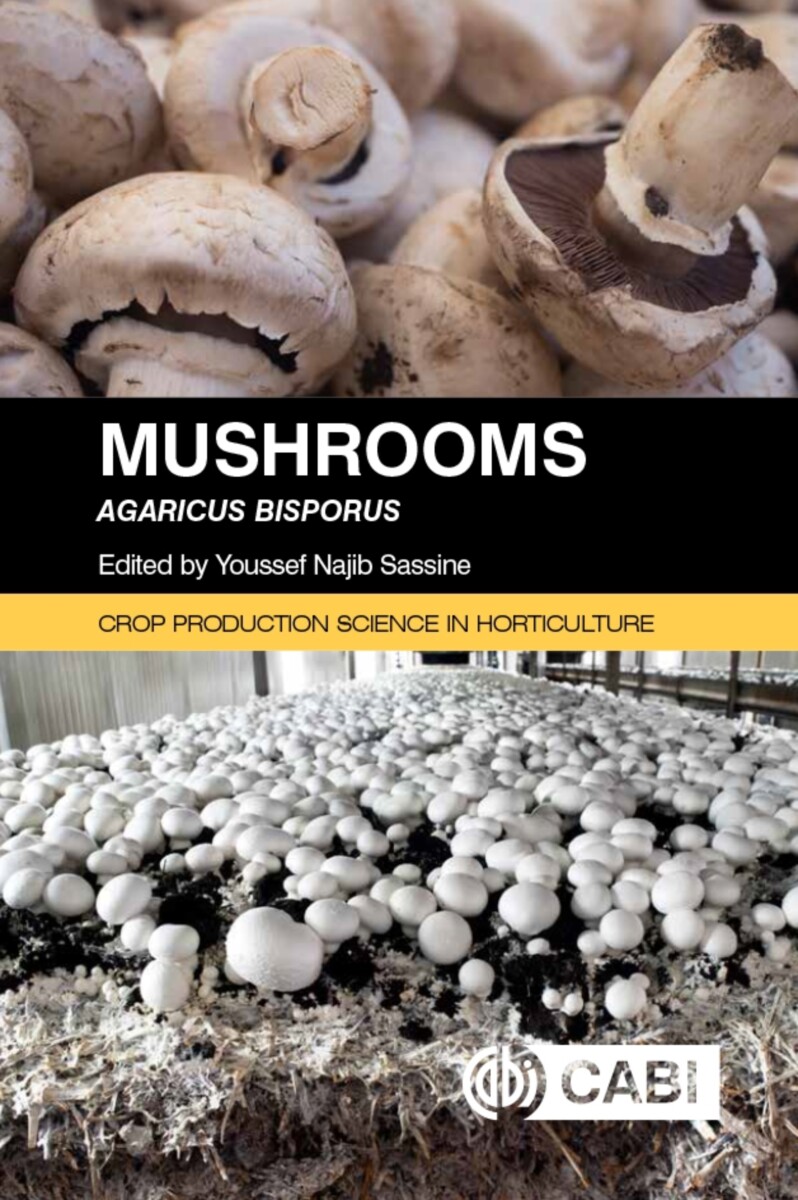- Publisher
CABI - Published
27th October 2021 - ISBN 9781800620414
- Language English
- Pages 400 pp.
- Size 6" x 9"
The white button mushroom, Agaricus bisporus is one of the most widely cultivated mushroom species in the world. It is favored for its high nutritional value and multiple health benefits, especially by consumers interested in vegan and clean eating. This book presents fundamental guidelines for mushroom production as well as major scientific findings in this field. It covers mushroom production and trade, substrates properties, compost quality, breeding, pests and diseases, harvesting, and post-harvest technologies. With practical information on methods used by both commercial and small-scale growers, the book also addresses:
- The major steps of the mushroom production cycle - compost preparation, spawning, casing, pinning, cropping, and harvest
- Ways to improve A. bisporus yield, quality, and disease resistance
- Case studies to illustrate cultivation techniques in a range of different countries, making use of local agricultural or industrial wastes
1: General Aspects
2: Substrates for Growing A. Bisporus
3: Improvement of Compost Quality
4: Breeding of Agaricus Bisporus; Strains, Spawns, and Impact on Yield
5: Casing and Cropping
6: Farm Design, Management of Pests and Control of Diseases
7: Harvest and Post-Harvest Technologies
Youssef Najib Sassine
Youssef Najib Sassine is Professor in the Faculty of Agriculture at Lebanese University, Beirut, Lebanon. He teaches courses on mushroom cultivation, general horticulture, soilless cultivation, and vegetable production. He has 80 research publications covering various subjects, including mushroom cultivation, viticulture, vegetables and abiotic stress, and tropical and subtropical crops. His focus in mushroom research is the implementation of local types of agricultural wastes in the production of different mushroom species, including Agaricus bisporus.


